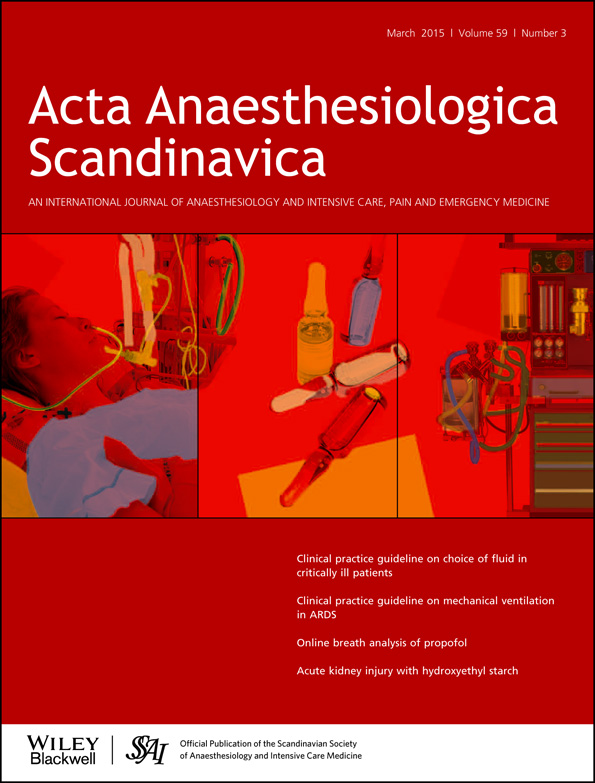Real-time ventilation and perfusion distributions by electrical impedance tomography during one-lung ventilation with capnothorax
Conflicts of interest:
The authors confirm that there are no conflicts of interest.
Funding:
The Swedish Heart and Lung Foundation and research funds of Uppsala University Hospital supported this study.
Abstract
Background
Carbon dioxide insufflation into the pleural cavity, capnothorax, with one-lung ventilation (OLV) may entail respiratory and hemodynamic impairments. We investigated the online physiological effects of OLV/capnothorax by electrical impedance tomography (EIT) in a porcine model mimicking the clinical setting.
Methods
Five anesthetized, muscle-relaxed piglets were subjected to first right and then left capnothorax with an intra-pleural pressure of 19 cm H2O. The contra-lateral lung was mechanically ventilated with a double-lumen tube at positive end-expiratory pressure 5 and subsequently 10 cm H2O. Regional lung perfusion and ventilation were assessed by EIT. Hemodynamics, cerebral tissue oxygenation and lung gas exchange were also measured.
Results
During right-sided capnothorax, mixed venous oxygen saturation (P = 0.018), as well as a tissue oxygenation index (P = 0.038) decreased. There was also an increase in central venous pressure (P = 0.006), and a decrease in mean arterial pressure (P = 0.045) and cardiac output (P = 0.017). During the left-sided capnothorax, the hemodynamic impairment was less than during the right side. EIT revealed that during the first period of OLV/capnothorax, no or very minor ventilation on the right side could be seen (3 ± 3% vs. 97 ± 3%, right vs. left, P = 0.007), perfusion decreased in the non-ventilated and increased in the ventilated lung (18 ± 2% vs. 82 ± 2%, right vs. left, P = 0.03). During the second OLV/capnothorax period, a similar distribution of perfusion was seen in the animals with successful separation (84 ± 4% vs. 16 ± 4%, right vs. left).
Conclusion
EIT detected in real-time dynamic changes in pulmonary ventilation and perfusion distributions. OLV to the left lung with right-sided capnothorax caused a decrease in cardiac output, arterial oxygenation and mixed venous saturation.




